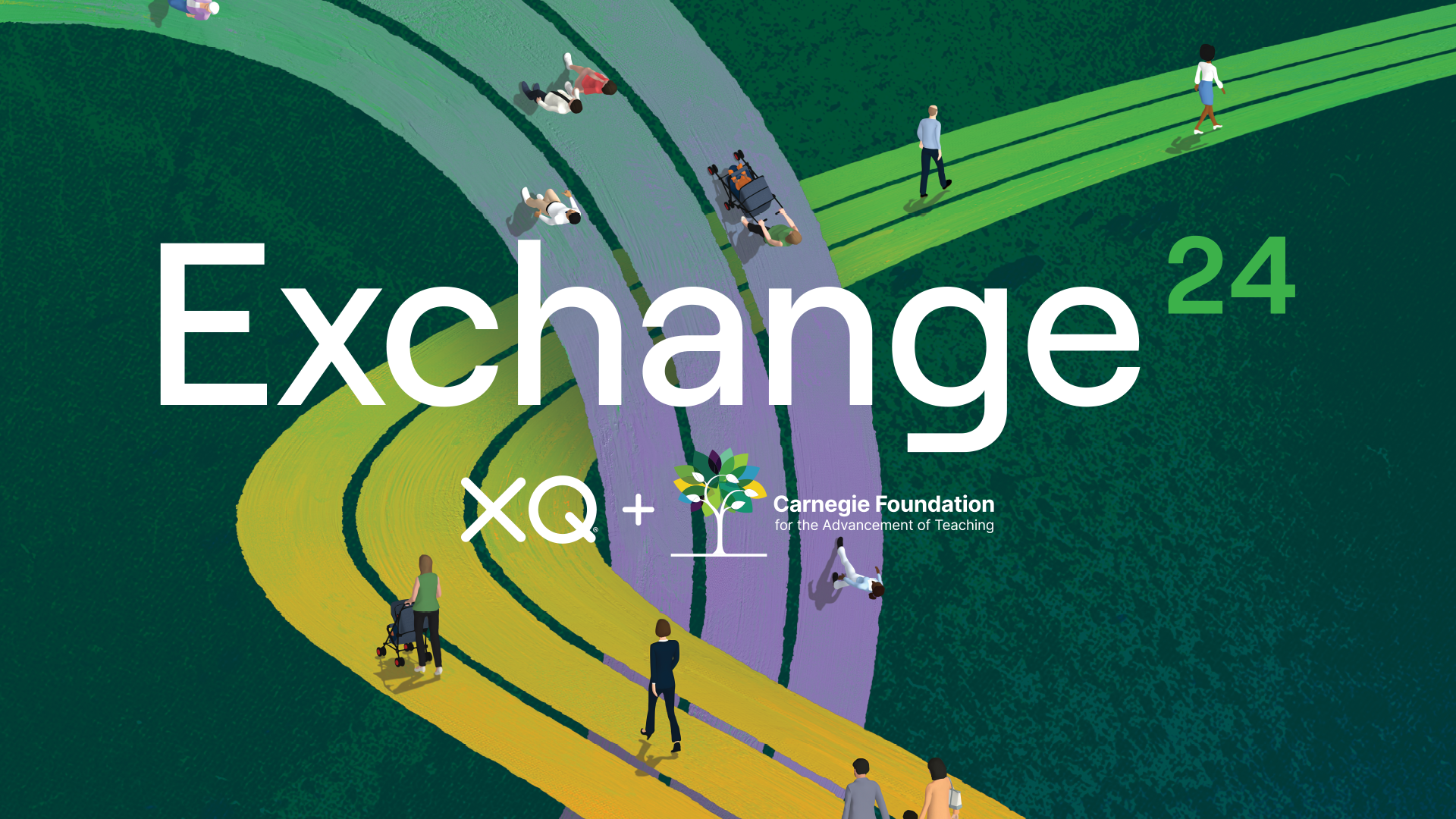Equity and ESSER: How Schools Can Embrace a Participatory Approach to Amplify Family Voices in Budget Planning
Schools across the country have a welcome task this summer: deciding how to spend a windfall in federal stimulus funds. Brooklyn Lab is doing that by asking families for their insights.

Schools across the country have a welcome task this summer: deciding how to spend a windfall in federal stimulus funds.
The Elementary and Secondary School Emergency Relief (ESSER) Fund represents a once-in-a-generation surge in federal education funding. Created in response to the COVID-19 pandemic, it has transformative potential for schools across America. It could support more teachers in classrooms, higher staff pay, tutors, improved technology, and enrichment activities that never reached enough students before the pandemic.
“We have often named lack of resources as the reason for achievement and opportunity gaps,” explained Dia N. Bryant, interim executive director at The Education Trust – New York. “Now that we have the resources, there is a unique opportunity to ensure that all children—especially those whom we have historically marginalized and minoritized—have access to a high-quality, public education in their neighborhood.”

But for the design and provision of funds to fulfill the needs of the community—particularly parents and caregivers—administrators must open their doors to include families and students in discussions about spending priorities.
“If we really want to understand what families and scholars need to succeed in school when they return to campus, we need to include them in the process,” said Kristin Levine, of the Academic Committee of the Board at Brooklyn Laboratory Charter Schools. “We need to put the needs of the most vulnerable students at the center of whatever we do.”
[Visit Choose High School Now for XQ’s recommendations for how to engage communities in ARP-ESSER funding decisions.]
Building Structures and Systems for Parent Engagement
Fortunately, parent engagement is achievable, especially if schools create the right systems and structures to foster collaboration.
In the weeks and months to come, schools can reach out to families and gather their input through focus groups, digital or mailed surveys with writing prompts, one-on-one conversations, parent-led and parent-to-parent meetings, or even home visits. Administrators should make these activities easy for participants, holding meetings in convenient locations like neighborhood or community halls, and having them at times that work for attendees. Schools may even consider paying parents to facilitate information sessions or paying consultation fees for their advice on how best to reach families in marginalized communities.
It’s important for schools to remember that parents are not a monolithic group. They represent a wide range of cultures, backgrounds, and languages, and have diverse ideas about the best ways schools can support the needs of their unique children. So including just one set of parents’ voices will not capture the nuance and diversity of experiences that many different parents can bring. We reached out to Educating All Learners Alliance colleagues to identify specific, practical approaches to doing just that.

“Parents are individuals, coming from diverse cultural backgrounds, and schools need to understand and respect the cultural values that parents bring to the table,” said Jessica Jackson, director of partnerships at the Learner Variability Project at Digital Promise.
Jonathan Santos Silva, founding executive director of the Liber Institute, said families of color and indigenous families, who are too often left out of the decision-making process, should be prioritized.
“The people who are most impacted by the way our system is designed to reinforce oppressive structures or White supremacy are the last ones we usually engage,” Santos Silva said. “It’s really about elevating these talented, innovative, creative leaders so that we can say, ‘Hey, these communities have ideas and solutions, if we would only engage them to truly be partners.’” Santos Silva added: “Our work is incomplete without those perspectives.”
Sarah Sandelius, founder of the Ability Challenge, added that it’s also important to gather the input of families with children who live with disabilities. These students have been disproportionately affected by the pandemic, and schools should make a point to prioritize their needs in this process.
The National Down Syndrome Congress (NDSC) emphasizes the importance of including students with disabilities in planning for all classrooms. “[Disabled students] were even more isolated from their peers during the COVID pandemic,” said an NDSC spokesman. “ESSER funding should be used to provide the support and services necessary to increase and improve inclusive education opportunities for these students to ensure they participate in the grade level general education curriculum as required by IDEA and ESSA.”
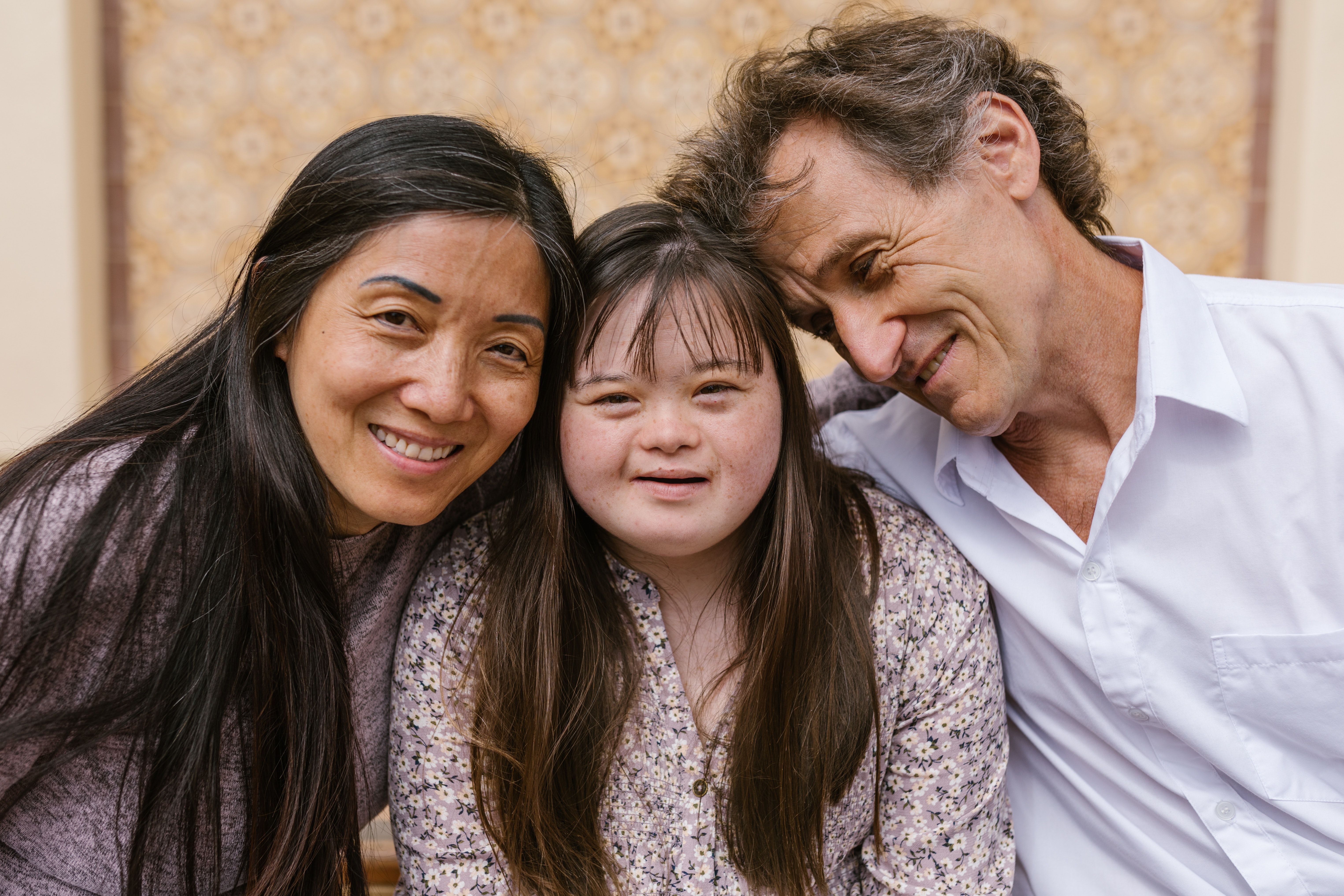
When reaching out to any parent, schools should aim to be intentional and consistent, following up if they don’t receive a response after their initial outreach. Schools should also be transparent about how they are incorporating parent feedback and responding to their needs.
“If schools do it right, it’s a recognition that we’re in this together, and we value everyone’s opinion,” Sandelius said. “We need to make sure everyone is at the table.”
Thinking Beyond Educational Needs to Support Families
Because of their different perspectives and relationship with their children, parents will have ideas that school leaders may not have considered. Importantly, parents can identify challenges not directly related to school that nonetheless affect their children’s ability to learn.
Students can also offer this perspective. Christopher Wilson, Peer Health Exchange, suggests that a Youth Advisory Board approach can play a pivotal role, informing the strategic planning of supports and approaches that center the identities and lived experiences of youth.
For example, families facing eviction might need housing vouchers or legal services. Other parents may point out the need for mental health services to support family members who have struggled with anxiety or depression during the pandemic. While ESSER funds cannot cover these services to families directly, schools and districts should coordinate with their local agencies to develop plans to help these families.
Some families may have mixed feelings about the return to school because they benefited from certain aspects of remote learning, such as flexible or hybrid scheduling, or virtual IEP (individualized education program) meetings for students in special education.

However schools decide to spend their ESSER funds, the process should reflect a holistic, student-centered approach that will lead to long-term improvements for students and their families, especially those who are most in need of support, said Brooklyn LAB Charter School CFO Sheryl Gomez.
“The goal is not just to adjust a few budget lines,” Gomez said. “It’s about preparation of a strategic approach that’s integrated and comprehensive, that infuses the science of learning and development throughout the entire plan. It’s about hearing the hard stuff from the families and scholars who most need our efforts to be responsive and equity-focused.”
Rebuilding Communal Trust and Fostering Ongoing Collaboration with Families
The past 18 months have left many parents and students feeling uncertain and alone. As schools shifted from remote to in-classroom learning, and then back again, many families didn’t know what to expect from schools. Many parents saw their children struggle and fall behind academically as well as social-emotionally, while schools’ attempts to engage with families often fell short.
This has eroded trust. A Learner Variability Project survey captured by Digital Promise found that parents of students in full-time remote learning were twice as likely to say that their parent-teacher partnerships weakened during the pandemic than parents of children in in-person learning.
The issue of trust is especially crucial for Black, Brown, and low-income families, as well as families who speak a language other than English. Many of those parents felt disenfranchised, intimidated, or unwelcome at the school even before the pandemic, and those feelings may have been exacerbated after a year of distance learning.

As schools look to engage families on spending ESSER funds, this is a critical opportunity to think more broadly about how to rebuild trust and start a process of ongoing engagement with families on all school matters, said Bibb Hubbard, founder and president of Learning Heroes.
“This is an important moment where schools can intentionally build trust with families and enter into true partnerships with parents,” Hubbard said. “Parents are ready for that partnership.” She added that this engagement should not be a one-off; it should continue throughout the year.
This kind of engagement will require schools to give teachers more time, support, and professional development. But Bryant of The Education Trust – New York points out that establishing those ties with their community members is an important priority for all schools. “By establishing these relationships and providing necessary funding, we can eliminate lines of difference, and our children and their future deserve just that,” said Bryant.
Learn more about Brooklyn Laboratory High School and all the XQ Schools at: xqstaging.wpengine.com/schools
Visit Choose High School Now for our collection of resources related to ARP-ESSER funding, including an interactive map of available funding for your state.
Additional Resources:
Learning Ally: How $125 Billion of ESSER Funds Can be Utilized
National Center for Learning Disabilities: Recommendations for Education Recovery Fund Investments
Leading Inside Out: Community Engagement Toolkit
Authors:
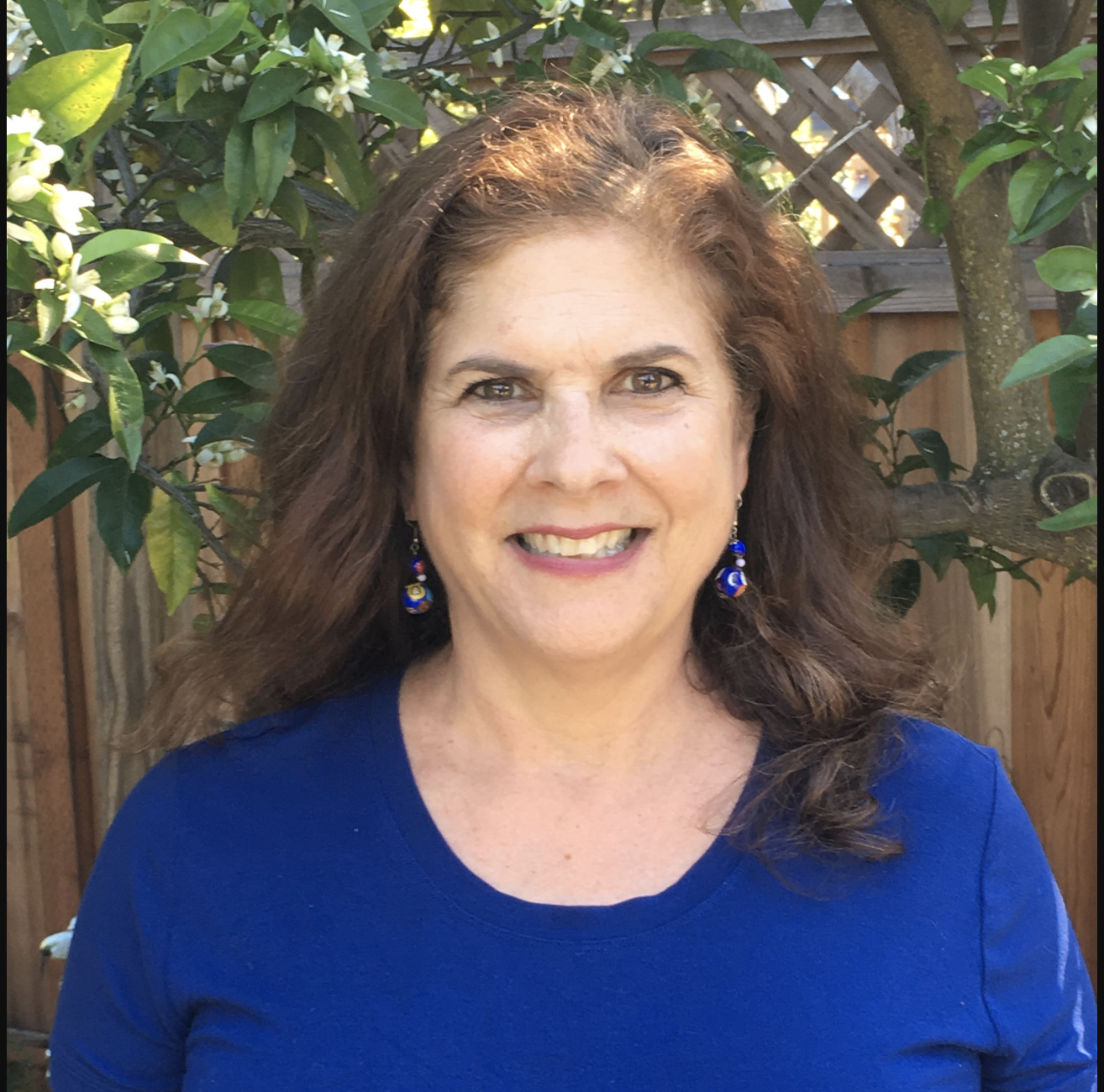
Barbara Pape is the director of policy and communications for the Learner Variability Project at Digital Promise.
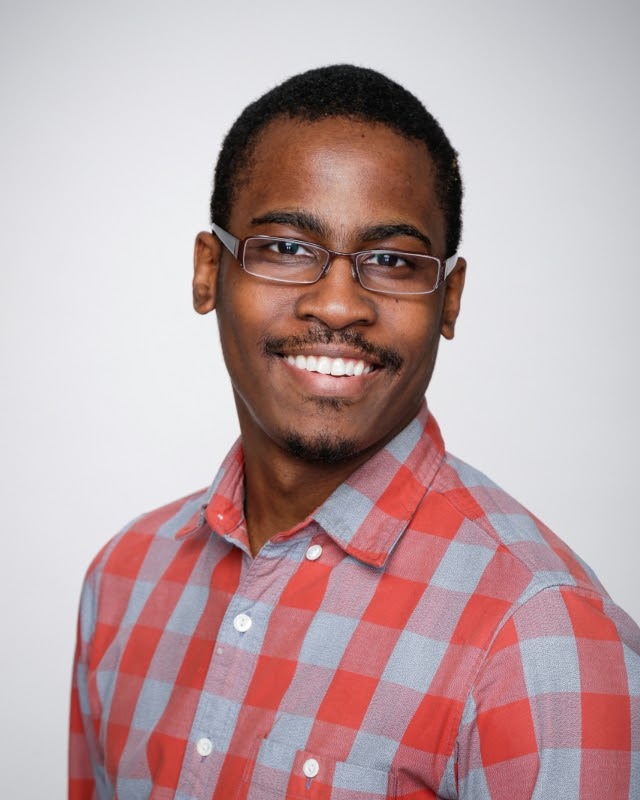
Jonathan Flynn is the director of family and community engagement and the director of public affairs at Brooklyn Laboratory Charter Schools and joined Brooklyn LAB in 2017.
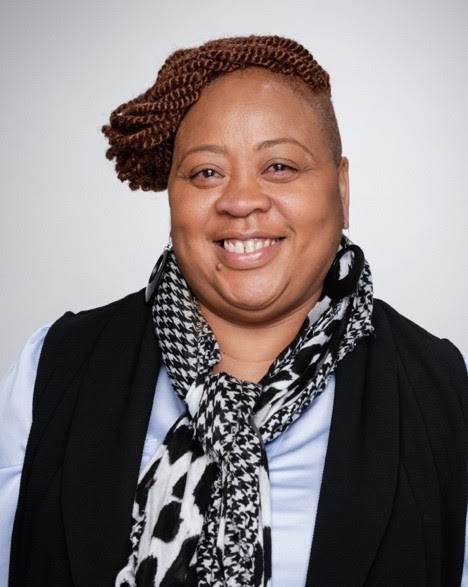
Cecile Kidd is the bursar at Brooklyn LAB, and has served in operational and family engagement roles at Brooklyn LAB since 2017.
